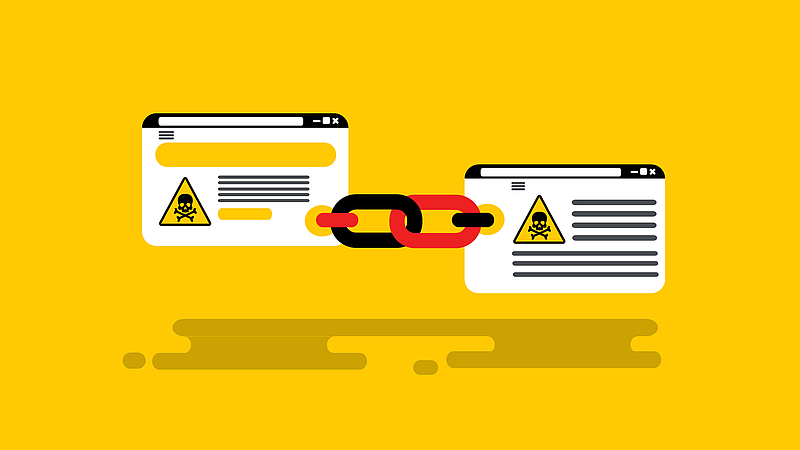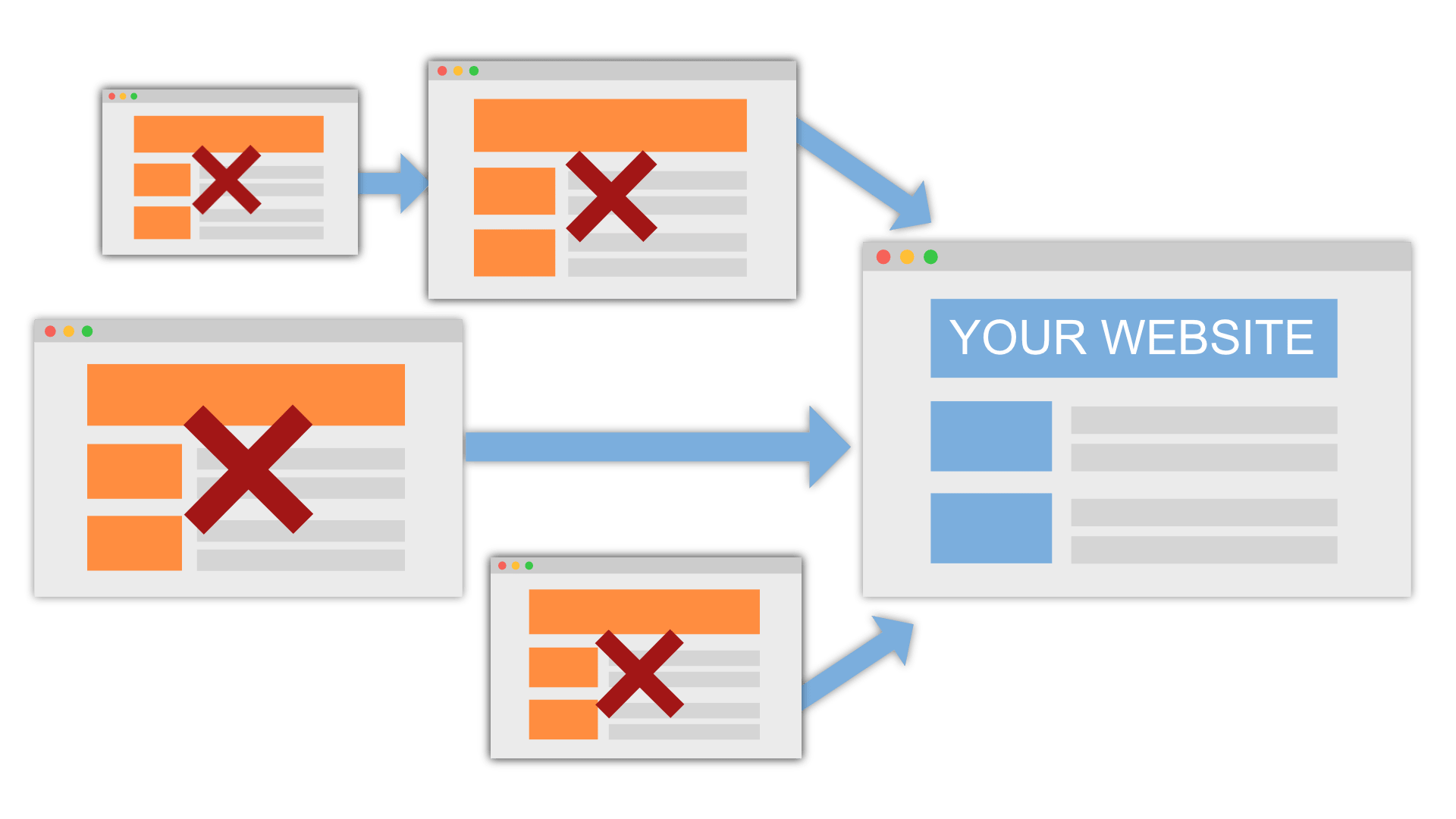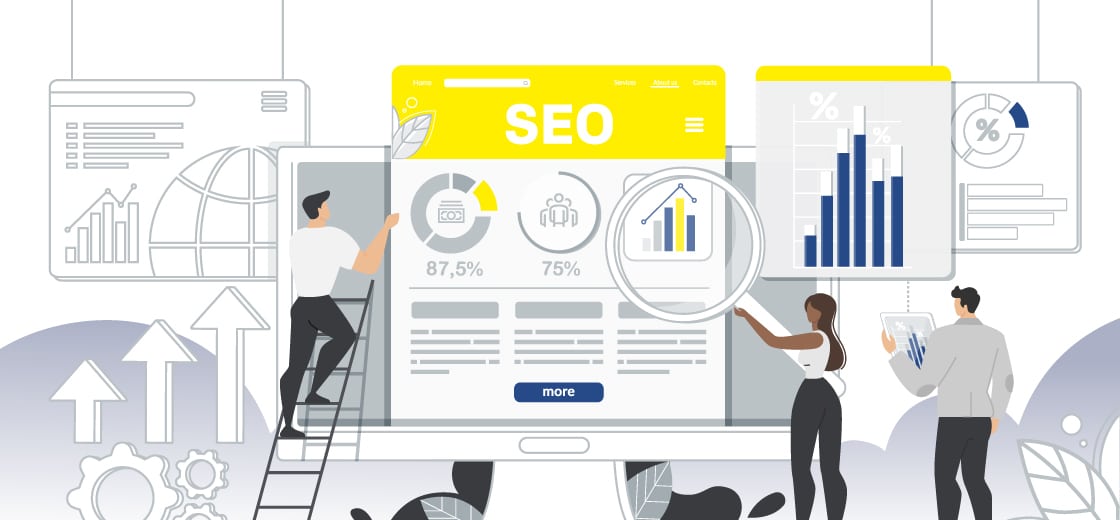What Are Toxic Links And How To Deal With Them? - Semalt Expert

Toxic links may harm the linked website or simply not bring you any benefit. Links that are acquired in unnatural ways are most likely to be toxic. Link building is, in a way, similar to interpersonal relationships. We try to avoid toxic people, and so we should be careful about toxic links that lead to our site, as they can have a bad effect on it, although sometimes it is difficult to identify them.
How important are they in terms of SEO? Their presence in our link profile leads to a reduction in the quality of the entire process and a drop in our position in the search results. The use of this type of link will certainly not be ignored by Google robots, which, along with their development, have learned to effectively deal with unfair link manipulation.
It is worth delving deeper into the concept of link toxicity in order not to expose yourself to unpleasant consequences. Any link that is obtained in an unnatural way or bought from unreliable sources can turn out to be toxic. Find out how to check the links to the page that are causing you losses.
What are toxic links?
On the basis of many available definitions, we define toxic links as URLs that cause a decrease in the position of the linked page or do not increase it. Google also defines this concept as:
Any links intended to manipulate the PageRank or ranking of a site in Google search results may be considered part of the linking scheme and violate Google's Webmaster Guidelines. This includes any behavior that manipulates links to your website or links leaving your website.
Diagnosing toxic links in larger datasets is extremely difficult as there are many reasons for a website not to grow, and referring links are not the only factor that defines this relationship.
In some cases, however, we are sure that we have found toxic links. If we come across a page with a massive number of links, but only a few references - then most likely we are dealing with a toxic domain.
Another signal is a sudden drop in parameters after linking. In this situation, it is recommended to perform a detailed link audit.
Remarks about Toxic links

It happens that a page has toxic links only to a specific part. For example, on a given subpage, the visibility has dropped in the search results, while the remaining parts of this page are in good condition.
Such a relationship can be found in the statistics. It may happen that a link from a given place will not translate into an increase in the position of the page - but for another site, the same action may bring benefits. That is why it is worth adjusting the strategy on an ongoing basis and observing all changes.
So it can be argued that what is negative for one site does not necessarily mean we should delete the entire domain and attribute toxic links to it. For our site, one link may be negative, while for others, it may work successfully.
The toxic state is not, however, irreversible. It may happen that a given page shows negative indicators, but after making the right changes, it will be a potential for our SEO activities in some time.
This dependency also works the other way around, where a valuable website may turn into pure spam and lose its value in search results.
The most important thing in recognizing the toxicity of links is the constant observation of changes taking place in specific domains.
Keep an eye out for new search engine algorithm updates, such as Google Spam Update. Its purpose was to identify toxic links and ignore them without penalizing the spam site.
How to spot toxic links?
Toxic links are links created by a single entity solely for the purpose of creating bulk links. To find out which links are toxic, you should perform the link audit mentioned above.
On our own, we can observe several symptoms that may indicate toxicity:
- several identical websites with different domains linking to one site,
- massive number of spammy comments containing links that are a strong signal to the search engine,
- unmoderated forums and blogs - they are the source of generating low-quality links,
- malicious domains and software - they can relate to a given website, signaling the search engine about a possible threat,
- links from a domain added to the Disavow file by several users,
- linking from a domain punished by the Google search engine,
- follow and nofollow attribute with suspect proportion on a given domain,
- directories that cite multiple domains in a long list,
- too high link density on the subpage from which the links come.
- no SSL Certificate that guarantees the credibility of the domain on the page from which the link comes.
All of the above-mentioned cases and many others that cannot be described in one article may be interpreted by the search engine as threats, spam, and toxic practices. It is worthwhile to balance these activities appropriately and prudently or to avoid some of them altogether, so as not to expose yourself to a negative Google evaluation.
These tools can help you!

Measuring link toxicity is an extremely difficult and demanding process. Due to the constant changes taking place in search engines, these measurements are not one-time activities, but cyclical monitoring, which leads to variable effects over time.
Observing the visibility of a given domain in terms of its toxicity is not a fully reliable solution. Sometimes following this path may mislead us. It is worth supporting your observations with SEO tools that will tell you how to check links to the page and allow you to more accurately assess their condition. The most popular of them are the Dedicated SEO Dashboard or Google Search Console.
The Dedicated SEO Dashboard tool will similarly allow us to export all links, from the time we started tracking a given website. It also allows you to monitor the status of links.
Google Search Console is a free tool that allows you to check links leading to your website. The "Links" tab and the "export external links" option are used for this. After selecting them, we can download all links in any format.
How to get rid of toxic links in SEO efforts?
Constant observation and removal of toxic links leading to our domain are quite difficult to implement. Few can afford to spend enormous resources on the comprehensive control of SEO specialists and Webmasters.
If we see that the domain on which our site is linked has turned into spam, or we see strange domains linking to us, there are two ways to remove suspicious links.
One of them is to ask the moderator or administrator of the suspicious site to delete the link.
The second way to get rid of toxic links is to use these SEO tools: the Dedicated SEO Dashboard or Google Disavow Tool. With their help, we can give up unwanted links. Disavow allows us to upload a file with specific domains or links that, after being sent, will be invisible to search engine algorithms. The file must be processed in a text sheet with the extension ".txt".
Toxic links - that's what you should do with them!
It is worth paying attention to analyzing your links at least once a year because creating spam brings more losses than benefits for your website. If you notice a drop in your website in search results, and the analysis for your website has not yet been done - it's high time to change this.
The fight against toxic links should begin with realizing the risks associated with their occurrence, regardless of our good intentions. Monitoring the links and domains we use in our work should limit the appearance of toxic links leading to our website.
In the process of getting links, you should be aware of incurring some losses in order to achieve these good results and increase your position in the search engine. Let's not forget about the tools like the DSD that can improve our daily work on many levels in SEO.
If your website has experienced declines and the link analysis has not been performed yet, it's high time to start it! Remember that it is not worth creating spam as it can end up in losses!